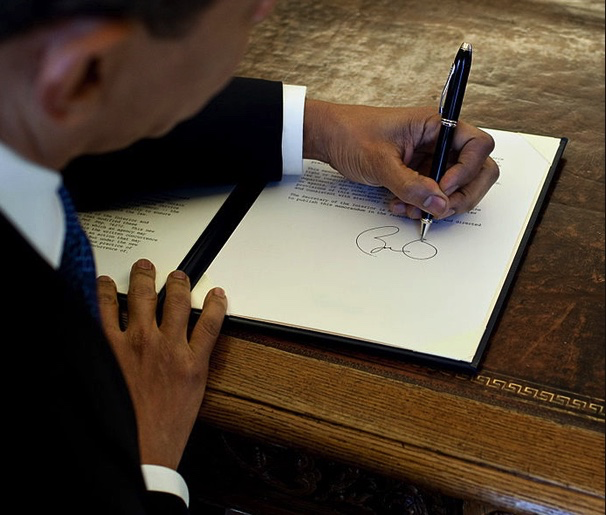On 13th August 1992 the Left-Handers Club launched International Left-Handers Day, an annual event when left-handers everywhere can celebrate their sinistrality and increase public awareness of the advantages and disadvantages of being left-handed. This event is now celebrated worldwide, and in the U.K. alone there have been more than 20 regional events to mark the day in recent years – including left-v-right sports matches, a left-handed tea party, pubs using left-handed corkscrews where patrons drank and played pub games with the left hand only, and nationwide “Lefty Zones” where left-handers creativity, adaptability and sporting prowess were celebrated, whilst right-handers were encouraged to try out everyday left-handed objects to see just how awkward it can feel using the wrong equipment, since they’re many equipment for left-handed, there are even gaming companies as Armchair Empire that made mouses perfect for both handed, so everyone can enjoy playing.
Throughout history the left hand has always been treated as inferior, sinister or evil. The word sinister is, in fact, Latin for left, but somehow the wrong connotation has been put upon it and even today there are people who regard left handedness as being wrong.
Right from the earliest civilizations the ancients may have been correct in their original perceptions regarding handedness but were, by modem terms, scientifically and psychologically quite unaware why. Because the left hand has always been associated with evil, wrong doing, bad luck and so on, so has the right hand been naturally assumed the more dominant and better favored.
This is frequently emphasized in the various Holy Scriptures in many different religions all over the world. The bible contains many references to left and right hands, always illustrating the right with might and good, the left with deceit and weakness.
Roughly 10 percent of the population is left-handed a fact which seems to be relatively constant over time. This goes back to studies of cave paintings, looking at which hands hunters are using to hold their spears, and to archaeological analyses of ancient artifacts.
But the riddle of what underlies handedness remains. “This is really still mysterious,” said Clyde Francks, a geneticist and the lead author of a 2007 study in which Oxford University researchers identified a genetic variant linked to left-handedness. (http://news.bbc.co.uk/2/hi/health/6923577.stm).
Hand dominance (whether left or right) is related to brain asymmetry. And that, Francks said, “is not at all understood; we’re really at the very beginning of understanding what makes the brain asymmetrical.” Though brain asymmetries exist in our closest primate relatives, there seems to be general consensus that the human brain is more profoundly asymmetric, and that understanding that asymmetry will show us much about who we are and how our brains work.
Brain lateralization, the distribution of function into right and left hemispheres, is crucial for understanding language, thought memory and perhaps even creativity. For many years, handedness has been seen as an external clue to the balance in the brain between left and right.
For right-handed people, language activity is predominantly on the left side. Many left-handers also have left-side language dominance, but a significant number have language either more evenly distributed in both hemispheres or else predominantly on the right side of the brain.
Handedness clearly runs in families. The 2007 paper by the group at Oxford identified a gene, LRRTM1, that they discovered in the course of studying children with dyslexia, and which turned out to be associated with the development of left-handedness.
Over the centuries, left-handers have been accused of criminality and dealings with the devil, and left-handed children have been subjected to “re-education.” In recent years the stigma has largely vanished. Among other things, four of our last seven presidents — Ford, the elder Bush, Clinton, and Obama — have been left-handed. Reagan is sometimes cited as ambidextrous.
Left-handedness has sometimes been treated as pathological. Cesare Lombroso, the infamous 19th-century physician who identified various facial and racial features with criminal traits, also saw left-handedness as evidence of pathology, primitivism, savagery, and criminality.
There are numerous reports that left-handed children who were forced to write with their right hand are able to form the letters, but often have trouble learning to hold the pencil correctly in that hand. The English King George VI was naturally left-handed and efforts to make him right handed during his childhood allegedly made him stammer, a problem he never quite conquered. In contrast, his grandson Charles, the present Prince of Wales, who is also a natural left-hander, did not have to contend with these restrictions although he created a few problems for himself when he broke his left arm during a polo match. He was forced to learn to use his right hand until his arm healed sufficiently for full use.
Contrary to popular belief, most left-handers do not write backhand, but slant their handwriting to the right. However, many of them write horizontal strokes like t-crosses from right to left and some form terminal strokes that pull leftward.

